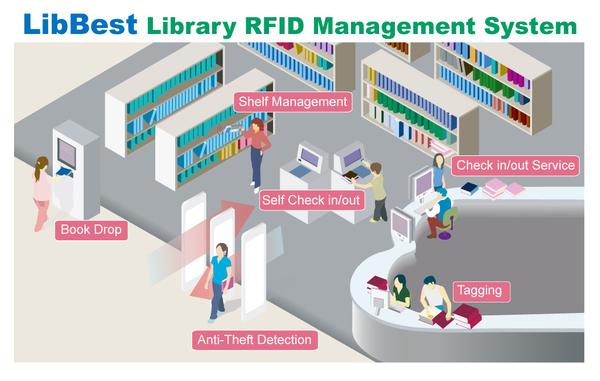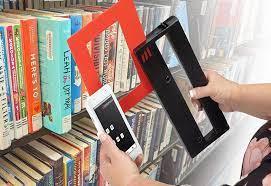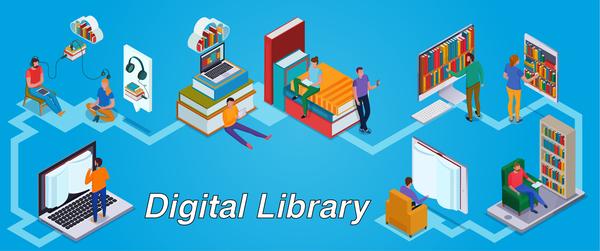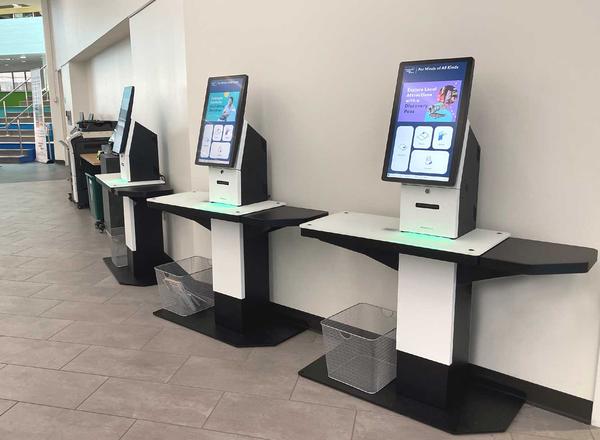Software
Library Software is a digital solution designed to help libraries manage their day-to-day operations efficiently. It automates key functions such as cataloging, circulation, inventory, patron management, and reporting. Whether used in schools, colleges, public libraries, or research institutions, library software improves accessibility, reduces manual effort, and enhances the overall user experience.
Modern library software often supports RFID integration, OPAC (Online Public Access Catalog), digital lending, and cloud-based access.
Core Features:
Catalog Management: Add, update, and organize books and media
Circulation Control: Issue, return, renew, and reserve items
Patron Management: Manage user accounts, fines, and history
OPAC Access: Allow users to search the catalog online
Reports & Analytics: Generate usage statistics and inventory reports
RFID Integration (optional): For fast, contactless operations
Cloud or On-premise Options
Benefits:
Streamlines library workflows
Reduces human error and manual labor
Enhances resource visibility and user access
Enables digital transformation of library services
Send
Message




